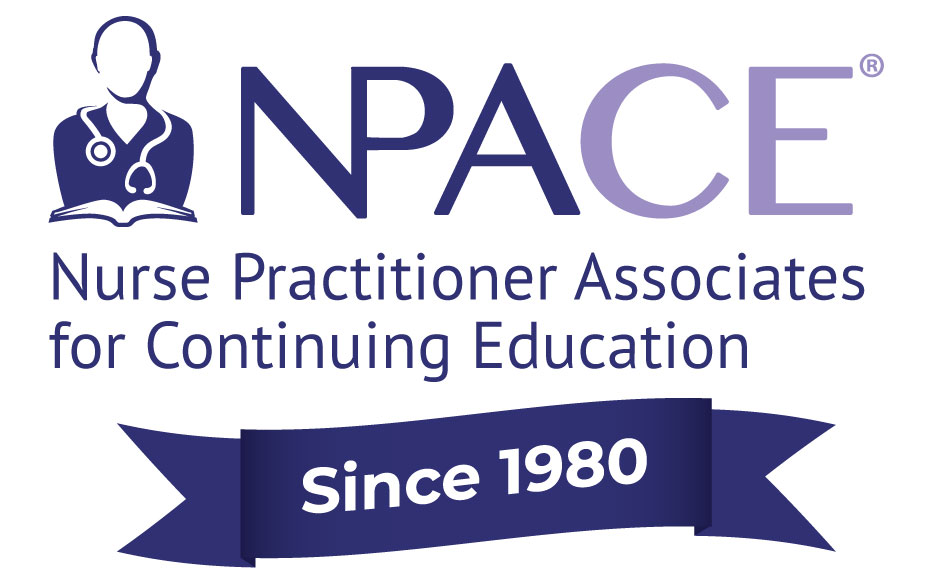Breast Cancer Screening Update
Sarah J. Locke, DNP, MBA, FNP-BC, RNC-OB, NE-BC

We just wrapped up the month of October, the month that represents Breast Cancer Awareness! It seems like every year there are more pink-colored products on the market, and the strategy has been working. Breast cancer mortality rates have decreased by 43% since 1989, due to increased awareness, screening mammography, newer technology, and improvements in treatment.1 The 5-year breast cancer survival rate has also increased from 75% to 91% since 1975.1 However, overall rates of breast cancer have been increasing about 0.5%annually since the mid-2000s, including a 2% annual increase in the 40- to 49-year-old range between 2016 and 2019. 1 Although these increases appear to be concerning trends, they could be attributed to earlier detection.2 With early detection, stage 1 breast cancer is about 99% curable. 3 In addition to improved outcomes, early detection also reduces associated healthcare costs and utilization found with breast cancer diagnosis at later stages. 4 Unfortunately, disparities still exist, with Black women having a 40% higher mortality rate at any age from breast cancer despite having a 4% lower incidence rate. 1,5 Black women also have a 20% higher incidence of the more aggressive triple-negative breast cancer, which is greater than any other racial or ethnic group.1
To date, there has been no consensus on best practices for breast cancer screening. Over the last 50 years, there has been controversy in recommendations regarding age, race and ethnicity, type of imaging, frequency of screening, and special considerations, such as risk level and dense breast tissue.3 There are several professional healthcare organizations that have released or endorsed breast cancer screening guidelines from their relative perspective of the supporting evidence. 3 This can create confusion for patients and providers. Conflicting information can impact clinical decision making and lead to missed opportunities for early detection.5,6 Which set of guidelines to use in practice is dependent upon various factors, such as organizational, provider, or patient preference; population demographics related to breast cancer risk; alignment with quality measures and reimbursement models; or how recently guidelines were updated. There is also evidence to support that there is a misalignment between primary care practices, evidence-based guidelines, and accountability metrics regarding breast cancer screening.7,8 Great strides have been made to improve overall breast cancer outcomes, but more research and quality improvement initiatives are needed to reduce disparities and promote consensus of best screening practices.
Although breast cancer screening is seen as routine, it is anything but, and should be determined through shared decision-making between the provider and patient. 9,10 Harm vs. benefit to the individual patient should be explored, using evidence-based guidance, internal and external risk assessment, and the patient’s personal goals and values to support the decision.9,10 Patient education should also focus on risk reduction.11,12
As providers, it is vital to stay abreast (no pun intended) of the latest evidence and any guideline updates. However, it is also our professional responsibility to advocate for patients, get involved, support health policy, and promote research. For breast cancer awareness, Nurse Practitioners are primed to be driving exemplars in all these areas.
References
1. Siegel RL, Miler KD, Sandeep Wagle N, Jemal A. Cancer statistics, 2023. CA. 2023;73(1):17-48.
Accessed October 9, 2023. https://doi.org/10.3322/caac.21763
2. There Is No New Evidence Behind USPSTF Draft Changes to Mammography Screening
Guidelines. The National Breast Cancer Coalition. Published June 14, 2023. Accessed October 9,
2023. https://www.stopbreastcancer.org/there-is-no-new-evidence-behind-uspstf-draft-
changes-to-mammography-screening-guidelines/
3. What to Know About New Breast Cancer Screening Recommendations. The Breast Cancer
Research Foundation. Published June 6, 2023. Accessed October 9, 2023.
https://www.bcrf.org/blog/uspstf-new-breast-cancer-screening-guidelines-2023/
4. Health and Economic Benefits of Breast Cancer Interventions. Centers for Disease Control and
Prevention. Reviewed December 21, 2022. Accessed October 9, 2023.
https://www.cdc.gov/chronicdisease/programs-impact/pop/breast-cancer.htm
5. Curtis A. Proposed new breast cancer screening guidelines: What you need to know.
BreastCancer.org. Updated July 19, 2023. Accessed October 9, 2023.
https://www.breastcancer.org/news/new-screening-guidelines-USPSTF
6. Nolen L. Providers respond to USPSTF report on screening for breast cancer. Oncology Times.
June 20, 2023;45(12):16-17. Accessed October 9, 2023. https://journals.lww.com/oncology-
times/fulltext/2023/06200/providers_respond_to_uspstf_report_on_screening.10.aspx
7. Onega T, Haas JS, Bitton A, Brackett C, Weiss J, Goodrich M, Harris K, Pyle S, Tosteson ANA.
Alignment of breast cancer screening guidelines, accountability metrics, and practice patterns.
Am J Manag Care. 2017;23(1):35-40. Accessed October 9, 2023.
https://www.ncbi.nlm.nih.gov/pmc/articles/PMC5546912/
8. Maes-Carballo M, Gómez-Fandiño Y, Reinoso-Hermida A, Estrada-López CR, Martín-Díaz M,
Khan KS, Bueno-Cavanillas A. Quality Indicators for breast cancer care: A systematic review. The
Breast. October 2021;59:221-231. Accessed October 9, 2023
https://www.sciencedirect.com/science/article/pii/S0960977621004082
9. Elmore, JG, Lee, CI. Screening for breast cancer: Strategies and recommendations. UpToDate.
Updated September 1, 2023. Accessed October 9, 2023.
https://www.uptodate.com/contents/screening-for-breast-cancer-strategies-and-
recommendations?search=breast%20cancer%20screening&source=search_result&selectedTitle
=1~132&usage_type=default&display_rank=1#H3838866944
10. Breast cancer risk assessment and screening in average-risk women. Practice Bulletin No. 179.
American College of Obstetricians and Gynecologists. Obstet Gynecol. 2017;130:e1–16.
Accessed October 9, 2023. https://www.acog.org/clinical/clinical-guidance/practice-
bulletin/articles/2017/07/breast-cancer-risk-assessment-and-screening-in-average-risk-
womenDisclaimer
11. Breast Cancer Prevention (PDQ®) – Patient Version. National Cancer Institute. Updated June 26,
2023. Accessed October 9, 2023. https://www.cancer.gov/types/breast/patient/breast-
prevention-pdq
12. 10 Ways to Help Reduce Breast Cancer Risk. The Brease Cancer Research Foundation. Published
December 28, 2022. Accessed October 9, 2023. https://www.bcrf.org/blog/breast-cancer-
prevention-breast-cancer-risk-reduction/
